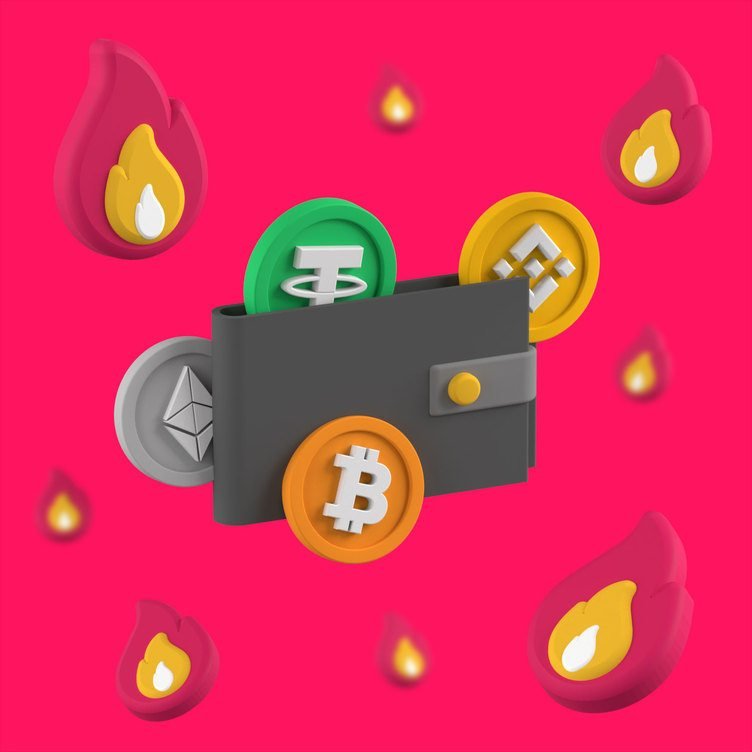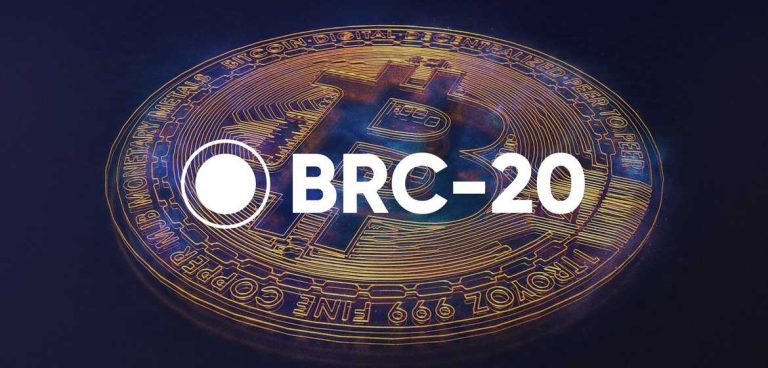Introduction
People need wallets to store and manage digital assets. But, not all wallets are the same. There are different types of wallets to suit different needs and preferences. The hot wallet is always connected to the internet. It makes it easy to access and trade crypto assets.
But what are the benefits and drawbacks of using a hot wallet? How do you choose the best one for you?
In this article, we will answer these questions. This way, you can make an informed decision about your crypto wallet.
Hot Wallets VS Cold Wallets
Hot and cold wallets are different. The latter are offline devices that keep your crypto keys safe from hackers. Hot wallets are more vulnerable to cyberattacks. They are always connected to the internet. Hot wallets can be software applications, web platforms, mobile apps, or exchange services. They support various features and functions. For example, buying, selling, swapping, staking, or sending crypto. They also integrate with other platforms and protocols. These include crypto exchanges, dApps, NFTs, and DeFi.
Cold wallets are usually hardware devices that look like USB drives. The purpose of cold wallets is to keep your private keys offline, safe from hackers and malware. One downside of cold wallets is that they don’t have many trading and integrated features. Unlike hot wallets, cold wallets lack these features.
Advantages
- Hot wallets make it easy to execute crypto transactions. You can access your funds anytime and anywhere with an internet connection. You don’t need to plug in a device or enter a PIN code to allow a transfer.
- Hot wallets offer more features and functionality than cold wallets. For example, staking earns passive income by locking up coins. Swapping is buying or selling coins with other currencies. Sending involves sending coins to other addresses. Receiving involves getting coins from other sources.
- Hot wallets support a wide range of cryptocurrencies and tokens. These include Bitcoin, Ethereum, Solana, Binance Coin, and more. Some hot wallets also support ERC-20 tokens, NFTs, and dApps. Hot wallets receive regular updates and support from their developers. This ensures they are compatible with the latest crypto changes and innovations.
Disadvantages
- Hot wallets are less secure and private than cold wallets. Malicious actors can hack or steal from them. Hot wallets make use of online hosting. They are vulnerable to phishing, malware, or cyberattacks. If someone gets hold of your private keys, they can steal your funds. Hackers stole over $3.8 billion worth of crypto in 2022, according to some estimates.
- Hot wallets are dependent on the internet and service providers. This can affect their reliability and performance. If the internet connection is slow or unstable, you may experience delays or errors in your transactions. If the service provider goes offline or shuts down, you may lose access to your funds or data. You also have to trust the service provider to keep your funds and data safe and secure.
Types of Hot Wallets and Their Features
There are many types of hot wallets available in the market, each with its own features and benefits. Here are some of the most popular ones:
- Software wallets: These are applications that run on your computer or smartphone. They generate random private keys for each transaction. They store the keys on your device. Some software wallets include Exodus, Coinbase dApp, Blockstream Jade, SafePal S1, SecuX V20, and CoolWallet Pro.
- Web wallets: These are websites that allow you to access your wallet from any browser. They store your private keys on their servers or in the cloud. Web wallets include MetaMask, DeFi Wallet, Coinbase Web3 Wallet, Blockchain Wallet, and AtomicDEX.
- Mobile wallets: These are apps that run on your smartphone or tablet. They store your private keys on your device or in the cloud. Many mobile wallets include Coinbase Wallet, Edge Wallet, Trust Wallet, and Binance Chain Wallet.
- Crypto exchanges offer exchange wallets as a feature or service. They store your private keys on their servers or in the cloud. Some examples of exchange wallets are Coinbase, Binance, Kraken, Robinhood, etc.
Tips for Choosing a Hot Wallet
Choosing and using a hot wallet can be a daunting task, especially for beginners. Here are some best practices and tips to help you choose the best hot wallet.
- Before choosing a hot wallet, do your research. Compare the different options available. You should consider factors such as security, functionality, compatibility, user-friendliness, reputation, and customer support. You should also read reviews and feedback from other users and experts. This will help you get a better idea of the pros and cons of each wallet.
- Use a reputable and trusted provider. Choose a hot wallet from a reputable and trusted company or organization. You should avoid unknown or shady wallets. They may have hidden fees, malicious code, or poor security. You should also verify the wallet’s website, domain, logo, and social media accounts. Check their legitimacy and authenticity.
- Enable the security features offered by your hot wallet. These include encryption, password, PIN code, biometric authentication, two-factor authentication, multi-signature, and passphrase. These features can help you protect your wallet from unauthorized access or theft. You should also update your wallet to fix any bugs or vulnerabilities.
- Backup your wallet and private keys using different methods. For example, consider QR codes, microSD cards, paper wallets, or cloud storage. You should also write down your recovery seed phrase. It is a set of words that can restore your wallet in case of loss or damage. Store it in a safe place. You should never share your private keys or your recovery seed phrase with anyone.
- Use a cold wallet for long-term storage. You should use a cold hardware wallet for storing your crypto assets for a long time or in large amounts. Cold wallets are more secure and reliable than hot wallets, as they are offline and immune to hacking. You should only use a hot wallet for storing your crypto assets for a short time or in small amounts. You should also use it for trading or spending them.
Conclusion
As mentioned above, hot wallets are always connected to the internet. They are used to send and receive cryptocurrency. They allow you to view how many tokens you have available to use. Hot wallets have several advantages and disadvantages compared to cold wallets. They excel in convenience, ease of use, functionality, and integration. They also excel in compatibility, support, security, privacy, reliability, and dependency. Many types of hot wallets are available in the market, such as software, web, mobile, and exchange wallets. Each has its own features and benefits.
Choosing and using a hot wallet can be daunting, especially for beginners. Yet, there are some best practices and tips to help you do it in a safe and secure manner. For example, do your research. Use a reputable and trusted provider. Enable security features. Back up your wallet. Use a cold wallet for long-term storage. The best hot wallet for you depends on several factors such as your budget, preferences, and needs. You can compare the different options available based on their security, functionality, compatibility, and user-friendliness.




